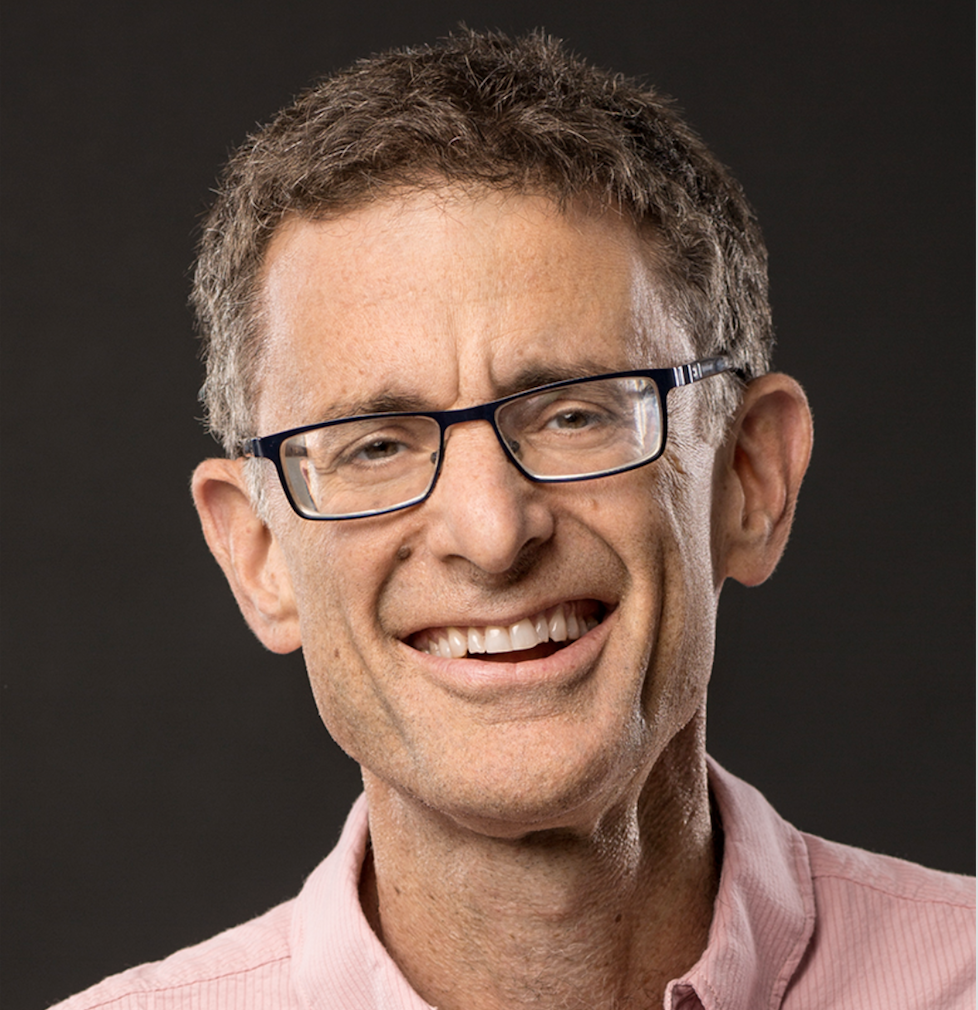Jonathan Zimmerman is a professor of the history of education at the Graduate School of Education at the University of Pennsylvania. He holds a B.A. in urban studies from Columbia University, as well as an M.A. and Ph.D. in history from Johns Hopkins University. His expertise include sex and alcohol education, campus politics, and history and religion curricula. Among his numerous publications, he co-authored The Case for Contention: Teaching Controversial Issues in American Schools, a discussion of how and why students should learn how to engage in productive debate over important issues. Earlier this year, he wrote an article for The Chronicle of Higher Education titled “College Campuses Should Not Be Safe Spaces,” in which he contends that safe spaces are a detriment to college campuses because they suppress diverse perspectives on critical topics.
Can you briefly summarize your stance on safe spaces and the role that they play on college campuses?
I want everybody to feel like they can speak what’s on their mind. To me that is at the heart of the academic ideal — and I have serious doubt about whether the doctrine of safe spaces allows that. I believe it has inhibited dialogue on campuses, rather than promote it. I do not want to work at an institution where you are discouraged from saying what you think. Self-censorship is going to harm students and faculty alike. My job as an educator is to elicit as many different perspectives as possible so people can come to reasoned conclusions.
One manifestation of the “safe space culture” to which you refer is the destruction of the Silent Sam Memorial at UNC Chapel Hill. While you believe that Silent Sam is a symbol of white supremacy, you supported its placement in a campus history center. Why do you think it is important that the history of symbols like Silent Sam be told and preserved?
I think the whole controversy over Silent Sam illustrates the real problem here. What the protestors were saying at the time was that the statue itself was violent, and therefore had to be removed. I absolutely confirm and endorse the idea that this statue embodies white supremacy, but how is the cause of antiracism served by taking these symbols down? This will ultimately represent a setback because it will remove from our dialogue an important historical symbol to remind us about the very real origins and costs of white supremacy.
How would you respond to the argument that too much free speech could lead to hate speech?
Hate speech is protected under the constitution. One of the most upsetting things to me is how many people believe otherwise. There have been numerous supreme court decisions that confirm that. Could too much free speech lead to hate speech? Of course it could. Most speech offends somebody — but that’s what it means to live in America. We live in a country where people are allowed to say awful things. That’s one of the founding principles of this society. I think the answer to bad speech is always more speech. If you don’t like what somebody is saying, the best way to counter it is by saying something else, not trying to shout them down. Say your truth. That can serve the antiracist cause better than any form of censorship can.
Could you elaborate on the difference between action and words that you bring up in the article?
One of the most troubling trends on campus is the tendency to view speech as violence. Words are not action. Words can sometimes provoke action, but you say that speech is inherently violent then what you’re doing is actually paving the way for people to engage in violence. If we teach our young people that speech can be violent, then it seems to me that they are within their rights to respond with physical violence. You can’t have a civic democracy on those principles.
